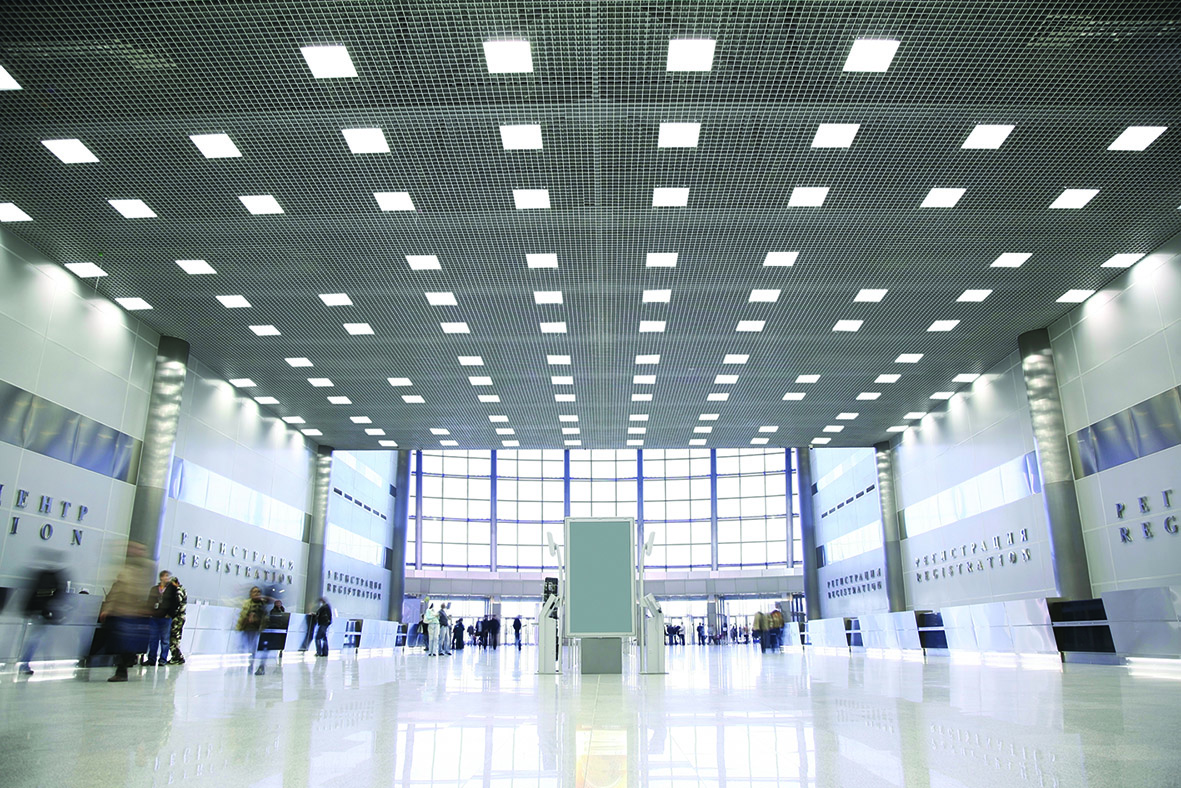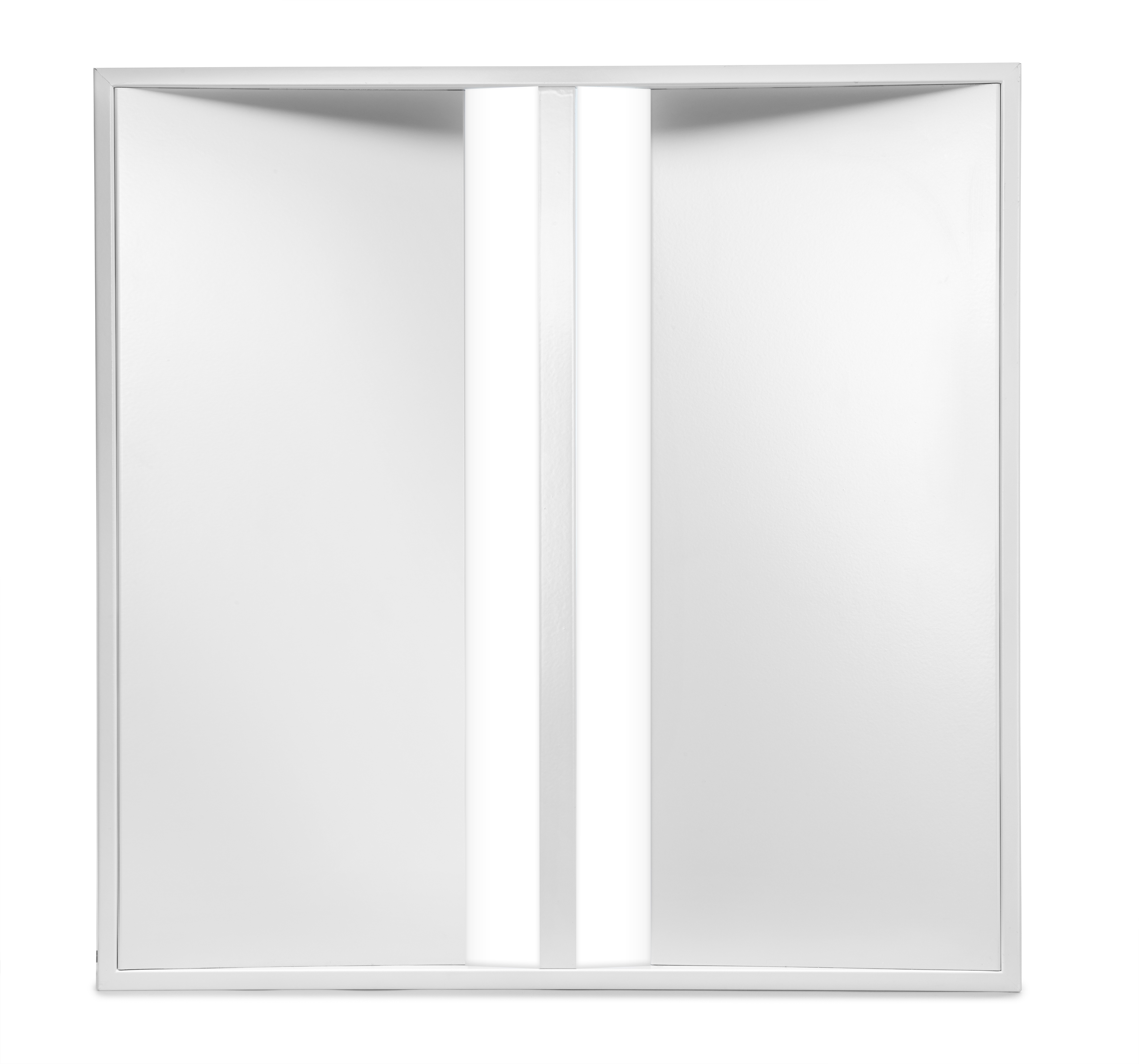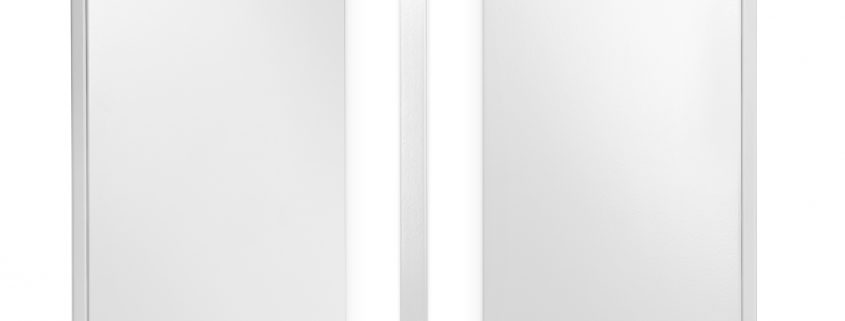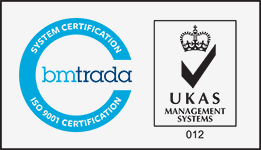Time to retrofit

Health and safety compliance is a frequent trigger for a lighting review. Too much or too little light causes eye strain and discomfort. It can be hard to identify in areas that are underlit or have poor light quality. Bad lighting affects the quality of work and overall productivity. The flicker often generated by fluorescent light sources can induce headaches and migraines and other symptoms associated with sick building syndrome.
Sometimes outdated lighting is replaced on an ad-hoc basis when it has failed. During maintenance or following failure, different lamp types or colour temperatures may be used within the same area. Indeed, some fittings are left without a working lamp at all. Workers can find it difficult or impossible to see properly, and the inconsistencies contribute to uneven light patterns across the entire area.
While the price of improving the lighting regime can be offset against significant costs to the organisation in the form of lost working time, increased absenteeism, reduced staff efficiency and productivity, these costs can be hard to measure and quantify. Retrofit LED lighting provides a much more direct and measurable return on investment.
Providing more lighting lumens per watt than most other forms of lighting, the most obvious benefit of upgrading to LEDs is the improvement in energy efficiency. This has an immediate impact on the monthly electricity spend, with a corresponding reduction in carbon footprint.
In addition, LEDs provide better quality lighting. For example, LED technology provides very directional light can be focused where it is needed. LEDs are flicker-free, combating the common problem with fluorescent lighting. High-performance LED lighting is very consistent, providing a nice even spread of light, without colour shifting or contrast imbalances. Good quality LED lighting is well suited to building automation and control, as lifetime and performance is unaffected by frequent turning on and off.
Furthermore, LED lighting for offices can be produced to a UGR19 (Unified Glare Rating) or below, which is recommended for use with VDU screens.
Move to LED technology
All this makes a very strong case for moving to LED technology. Fortunately, this can be achieved without throwing away the existing infrastructure – and past investment. LED lamps and luminaires can be readily retrofitted within the current lighting hardware.
The result is an immediate improvement in energy and other costs. Ballasts and control gear, which can account for 20% of the energy consumed by some lighting, are eliminated. Retrofit LED lamps from reputable manufacturers come with lengthy guarantees so that faulty products are covered for free replacement over two-, three- and five- year terms.

In addition, retrofitting is the least business-disruptive way to upgrade existing lighting. Work can be scheduled around down times, evenings and weekends, so that operation can continue as normal.
Most importantly, retrofit LED lighting systems help the building meet the latest standards and regulations including those focused on improving the energy performance of buildings. Part L (2013) of the UK Building Regulations came into force in April 2014, covering lighting performance for Residential (L1) and Commercial Building (L2), typically those using light sources with a minimum efficacy level of 55 lumens per circuit Watt, with fixed internal lighting delivering an average of 45Lm/W over the whole area. Lamps below 5W do not need to be included in the count towards Part L compliance. Further, is is mandated that lighting controls should be adopted to avoid unnecessary lighting at times when either enough natural light is sufficient or areas are unoccupied.
With today’s LEDs capable of easily reaching 85-100Lm/W for most commercial light sources, and up to 140Lm/W for more industrial types of fixtures, moving to this technology already meets a major requirement of Part L compliance.
Adoption of LEDs also makes it easier for building managers to fulfil requirements to incorporate lighting controls. SMART lighting goes beyond simply fitting PIR sensors to detect occupancy. Integrated controls built-into LED luminaires can detect daylight and dim down the lighting when not required, or can be pre-programmed to save energy and controlled according to user behavioural patterns. These SMART luminaires can also be grouped together so that banks of units can be controlled to the same parameters. A pre-set level of lighting can be maintained across the whole area if required. Systems like the new Goodlight architectural lighting range of modular LED luminaires can be attached to intelligent controls that learn how the areas in an office are used, and adjust the lighting accordingly.
A number of programmes including the Enhanced Capital Allowance (ECA) Scheme offer businesses tangible incentives such as tax breaks to help fund their lighting upgrades. Alongside these, commercial schemes such as BrightPlan LED Leasing allow new lighting to be leased, so that the operational savings achieved from the installation can be used to fund its cost directly. Capital budgets can be applied to other projects and tax advantages to the company realised.
See our article in October’s issue of EIBI by turning to page 32.




